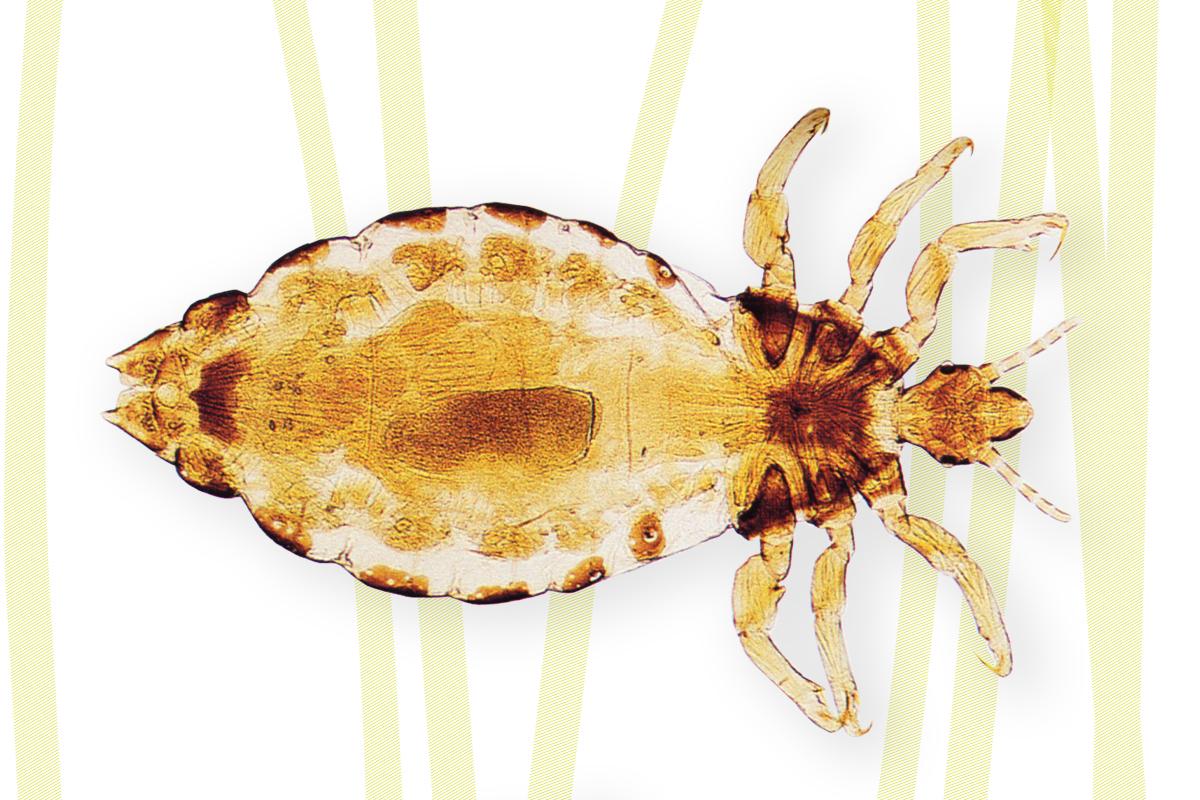
Vampires, ticks and head lice have one thing in common: they feed on blood. This is the most common food adaptation of ectoparasites (meaning animals that tap into the host from outside). The others are called endoparasites because they live inside the host. Here are our three stories.
On Tip Toes

The South American vampire bat is a blood specialist. It creeps up silently on a large mammal and sits down unnoticed. Using its razor-sharp cutting teeth it bites a small wound without the host feeling any pain. It then uses its tongue to lick up the blood as it flows out. It drinks up to 20 ml of blood per night and thereby doubles its body weight. Because blood proteins cannot be metabolized into reserve substances a vampire must drink every night. If that does not work, the animals are saved by their social behavior: they feed each other.
The Survivalist

Sitting on bushes and high grass ticks await to board a host. Once on a suitable spot of skin they anchor themselves with their proboscis and use a glue, to “cement” themselves in place. They only loosen themselves after the end of the blood meal. Each of the three stages of the castor bean tick for example must suck blood once. As a rule the males do not suck blood. Fully engorged females fall to the ground and lay many thousands of eggs as the last act of their lives. Ticks are real survivalists: they can go hungry for months or even years and in this way survive through hard times.
Lice Alarm at School

Lice are blood-sucking insects. With special clamping legs they secure themselves in the fur of the host. Head lice at school have nothing to do with insufficient hygiene. Their expansion is promoted by a lack of parental cooperation and treatment, especially in community facilities for children where close contact favors transmission. Lice suck blood every 2–3 hours. Their saliva causes a strong itching reaction. The eggs (nits) stick to hair and tissue fibers. Lice must be treated with suitable insecticides and lice combs.
Here you get back to the overview.